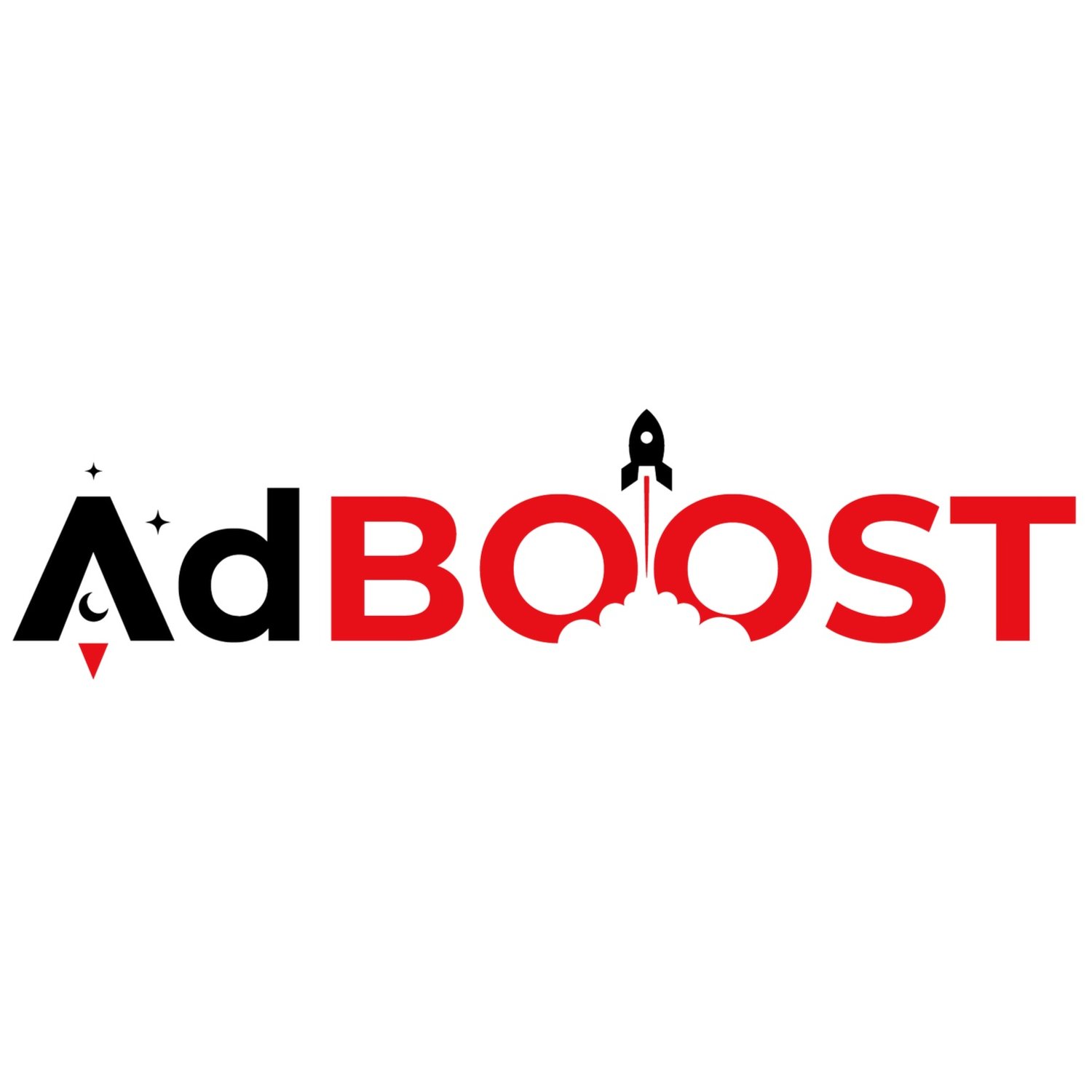From Script to Screen: The Journey of a High-Converting Video Ad
The Secret to Creating Engaging Scroll-Stopping Video Content
Creating a high-converting video ad involves a well-thought-out journey from script to screen, and understanding this process can significantly boost your marketing success. Here’s a detailed look at how this journey unfolds, tailored to help you create compelling content that not only engages your audience but also drives conversions.
1. Crafting the Perfect Script
The foundation of a high-converting video ad lies in the script. A compelling script is concise, focuses on the problem-solution dynamic, and emotionally connects with the audience. Start by identifying your target audience and their pain points. Then, address how your product or service offers a solution. It’s crucial to highlight benefits over features—show the audience how your offering can improve their lives rather than just listing what it does. Additionally, using emotional triggers and storytelling techniques can deepen the connection with your viewers, making them more likely to take action (Evolv Creative) (Screen Promos - Spokesperson Video Ads).
2. Balancing Information and Entertainment
Your video should strike a balance between informative content and entertainment. An engaging narrative with humor, suspense, or emotional appeal can keep viewers hooked from start to finish. Remember, a bored viewer is a lost conversion, so keeping your content lively and relatable is key. This approach ensures that your message is not only received but also remembered (Evolv Creative).
3. Creating an Attention-Grabbing Visual
The visual aspect of your ad is just as important as the script. Use eye-catching visuals that quickly grab attention, especially in platforms like Facebook where users are often scrolling quickly. Incorporate dynamic elements like bold graphics, vibrant colors, and on-screen text to reinforce key messages. Make sure your video is optimized for sound-off viewing, but also include audio for those who enable it (StoreYa).
4. Including a Strong Call to Action (CTA)
Never underestimate the power of a clear and compelling CTA. After delivering your message, guide your audience on what to do next—whether it’s clicking a link, signing up, or making a purchase. The CTA should be direct and urgent, encouraging immediate action. Without this, your video might entertain, but it won’t convert (TrafficStars) (Screen Promos - Spokesperson Video Ads).
5. Optimizing for Different Platforms
Different platforms have different audiences and ad formats, so it’s important to tailor your video content accordingly. For example, a Facebook video ad might benefit from being short and visually dynamic, while a YouTube ad could leverage more storytelling. Additionally, using tools like retargeting and sequential messaging can help you gradually introduce more product details and deepen viewer engagement across multiple interactions (StoreYa).
6. Continuous Testing and Improvement
Finally, the journey doesn’t end once your video is live. Continuous testing of different ad lengths, CTAs, and visual elements will help you understand what resonates most with your audience. A/B testing is invaluable here—try different variations of your video and refine based on performance data (TrafficStars).
By following these steps, your video ad can effectively capture attention, engage viewers, and drive conversions. Remember, the ultimate goal is to lead viewers towards booking a free custom video that can spotlight their business, showcasing how your services can elevate their brand’s visibility and success.
Ready to take your video marketing to the next level? Let’s create a custom video that turns viewers into customers and maximizes your ROI!
